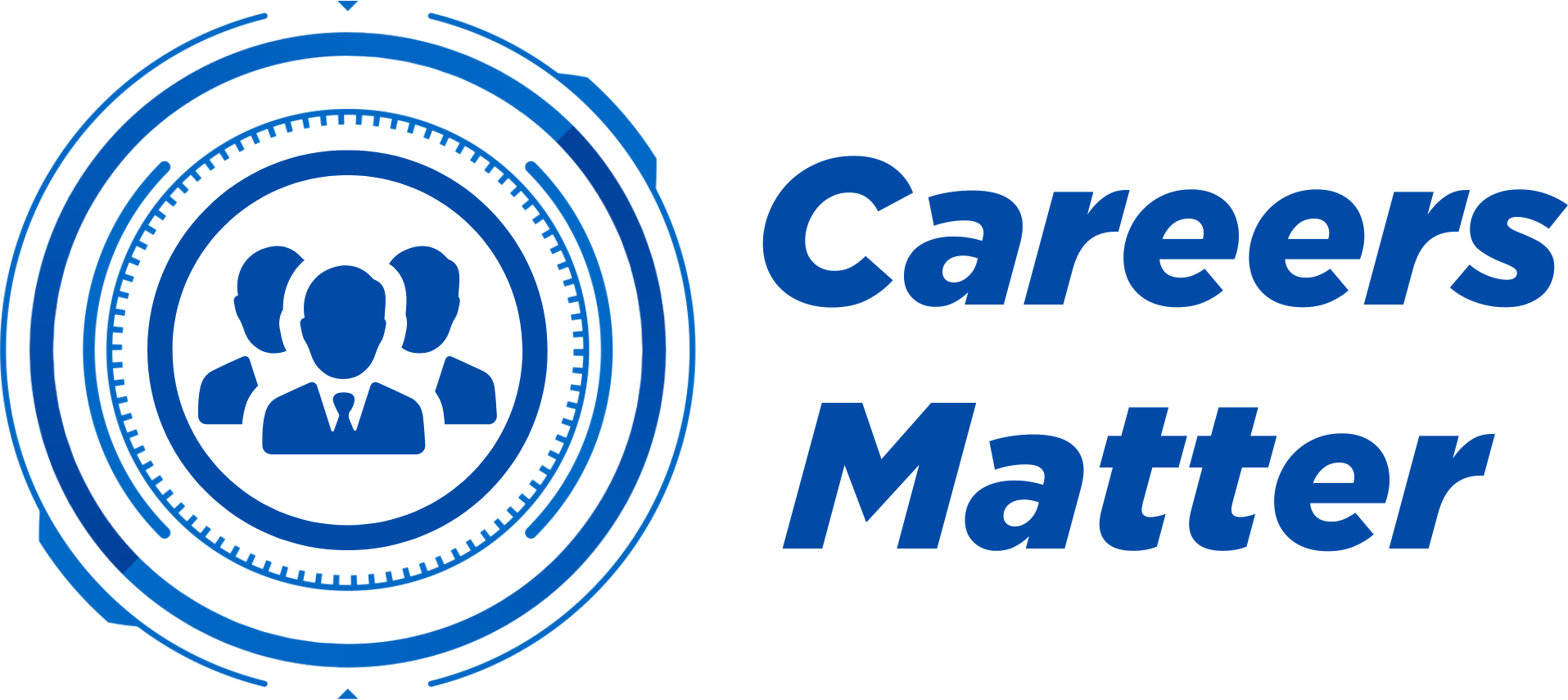Taking Control of Your Career: Navigating the 2025 Recruitment Landscape
Taking Control of Your Career: Navigating the 2025 Recruitment Landscape
The recruitment landscape in 2025 is undergoing profound changes, driven by economic pressures, technological advancements, and shifting workplace expectations. For professionals, these changes highlight the critical need to take ownership of their career paths. In a challenging market, waiting passively for opportunities is no longer an option—it’s time to act decisively and strategically. Below, we explore the current landscape, what it means for job seekers, and how you can maximise your chances by truly taking control of your career.
The 2025 Recruitment Landscape and Its Challenges

1. The Economic Reality
The recruitment market is coming off two years of sluggish activity, with many professionals feeling the weight of pent-up frustration from limited opportunities. Unfortunately, 2025 has not started with any promise of significant improvement. Rising costs for employers, such as increased National Insurance contributions and higher living wages, have reshaped hiring practices. Many businesses are focusing on cost-efficiency by prioritising internal promotions, employee referrals, and direct recruitment over open job postings. A report by Jobvite shows that up to 70% of roles are filled through methods that bypass public advertising (Jobvite).
What This Means for Job Seekers:
- The volume of advertised roles is shrinking.
- Candidates relying solely on job boards are competing for an increasingly narrow pool of opportunities.
- Companies are risk-averse, preferring candidates they already know or trust through recommendations.
2. Technology’s Role in Recruitment
Automation and AI are redefining recruitment. Applicant tracking systems (ATS) screen CVs for keywords, while AI-driven tools streamline the hiring process. According to LinkedIn’s 2025 Workplace Trends Report, 75% of recruiters now use AI tools to identify the best-fit candidates (LinkedIn Talent Solutions).
What This Means for Job Seekers:
- A polished CV tailored for ATS is no longer optional but necessary.
- Candidates need to showcase digital proficiency and adaptability to align with employers’ expectations.
3. The Illusion of Equal Opportunity
While some companies advertise all roles to comply with transparency policies, many of these positions are filled internally or through referrals before external candidates are seriously considered. Advertised jobs often act as a formality rather than a genuine competition.
What This Means for Job Seekers:
- Applying blindly to advertised roles often means competing for positions that may already have preferred candidates.
- Success increasingly depends on relationships and pre-emptive positioning.
4. The Impact of Hybrid Work
The shift to hybrid and remote work has created demand for candidates who can demonstrate independence, strong communication skills, and the ability to deliver results without constant supervision. Employers are also looking for people who thrive in flexible environments. A recent survey by Hays found that 83% of employers value hybrid work experience in candidates (Hays UK).
What This Means for Job Seekers:
- Demonstrating hybrid work success on your CV and LinkedIn profile is now a key differentiator.
- Employers value examples of productivity and collaboration in remote settings.
Taking Control to Maximise Your Success

1. Build Relationships, Not Applications
Success in today’s job market relies on relationships, not applications. Employers are more likely to trust candidates referred by someone they know or who have proactively connected with them.
Action Step:
- Focus on networking rather than mass-applying to jobs.
- Use LinkedIn to identify and engage with decision-makers in your target companies.
- Attend industry events to build meaningful connections.
2. Position Yourself as the Solution
Instead of marketing yourself as a job seeker, position yourself as a problem-solver. Research your target companies to understand their challenges and align your skills to address them.
Action Step:
- Tailor your CV and LinkedIn profile to highlight specific achievements that demonstrate your ability to drive results.
- Approach employers with customised messages that outline how you can contribute to their success.
3. Leverage AI to Your Advantage
AI tools like ChatGPT can help streamline your job search and professional communication. However, AI should be viewed as a supportive tool rather than a replacement for your own creativity. A cover letter written entirely by AI won’t stand out if others are doing the same. Instead, use AI to help refine what you want to say and make it compelling.
Action Step:
- Use AI to craft personalised LinkedIn messages, simulate interview responses, and generate insights about companies.
- Incorporate your ability to work with AI tools into your professional narrative, showcasing your adaptability and creativity.
4. Upskill Continuously
The demand for up-to-date skills is relentless. By investing in professional development, you position yourself as a forward-thinking candidate who brings value beyond the status quo.
Action Step:
- Identify industry-relevant skills and pursue certifications in areas like data analysis, leadership, or emerging technologies.
- Highlight your commitment to learning in interviews and networking conversations.
5. Take Ownership of Your Career
True control over your career comes from taking proactive steps to create opportunities rather than waiting for them. This means aligning your goals with deliberate actions and evaluating your progress regularly.
Action Step:
- Define clear career objectives and break them down into actionable steps.
- Regularly reassess your approach, adjusting it to remain aligned with your aspirations and market realities.
Conclusion: Facing the Future with Confidence
The 2025 recruitment landscape is complex, but it rewards those who take charge of their careers. By understanding the realities of how recruitment works, you can avoid the pitfalls of the advertised job market and focus on strategies that truly work—building relationships, showcasing value, and staying adaptable.
Don’t wait for opportunities to find you. Create them by taking control, investing in yourself, and connecting with the right people. Your career isn’t defined by job boards but by the proactive steps you take to secure the roles you deserve.
Learn More About Careers Matter
